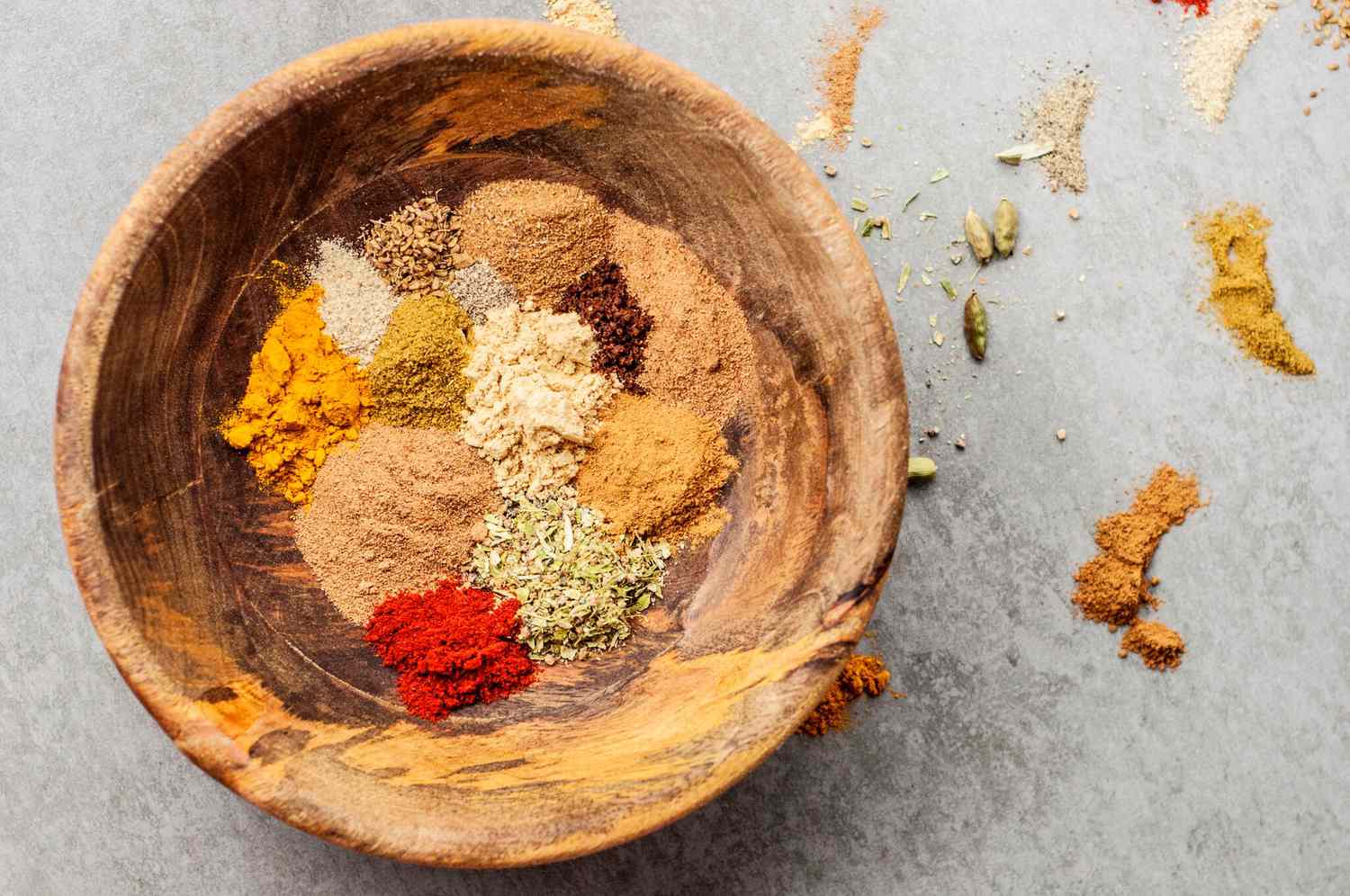
Ras el Hanout is a complex and aromatic spice blend that originates from North Africa, particularly Morocco. The name translates to “head of the shop” or “top of the shelf” in Arabic, meaning that it is a blend of the finest spices a spice merchant has to offer.
Key Features of Ras el Hanout:
- Composition: Ras el Hanout can be made up of 10 to 30 different spices, and the exact blend varies from one spice shop or household to another. Some of the most common ingredients include:
- Cumin
- Coriander
- Cinnamon
- Cardamom
- Cloves
- Paprika
- Nutmeg
- Ginger
- Turmeric
- Allspice
- Black pepper
- Fenugreek
- Mace
- Anise seeds
- Flavor Profile: Ras el Hanout offers a complex blend of flavors, combining sweet, spicy, earthy, and floral notes. This makes it a versatile spice mix that can be used in both savory and sweet dishes.
Uses in Moroccan Cuisine:
- Tagines: Ras el Hanout is often used to season meat and vegetable tagines, imparting a rich, layered flavor to the slow-cooked stew.
- Couscous: It can be added to couscous dishes to give them a deeper, more aromatic flavor.
- Grilled Meats: The blend is often used as a rub for grilling lamb, chicken, or fish.
- Rice and Grain Dishes: It can be added to rice or other grains for an extra boost of flavor.
- Marinades and Sauces: Ras el Hanout is sometimes mixed with olive oil and lemon juice to create marinades or sauces for meat and vegetables.
Cultural Significance:
In Moroccan culture, Ras el Hanout is highly prized, and every family or spice vendor might have their own secret recipe. It is considered an essential component in creating the distinctive flavors of Moroccan cuisine. The quality of Ras el Hanout can vary greatly depending on the ingredients used, with some blends being more complex and nuanced than others.
Was this helpful?
0 / 0







